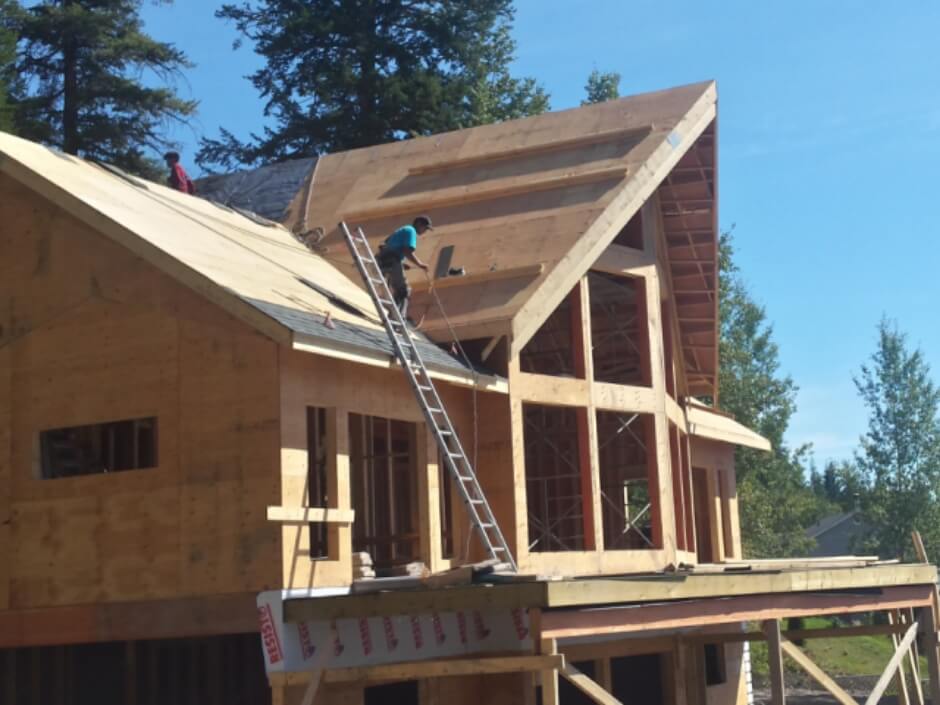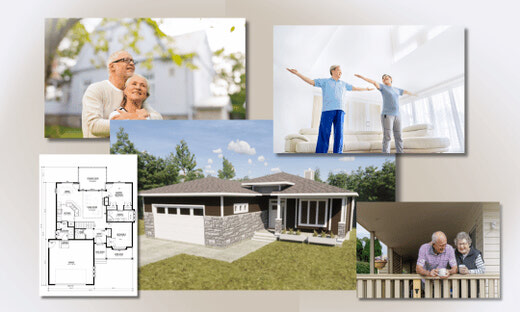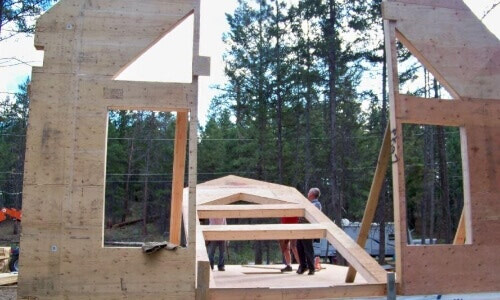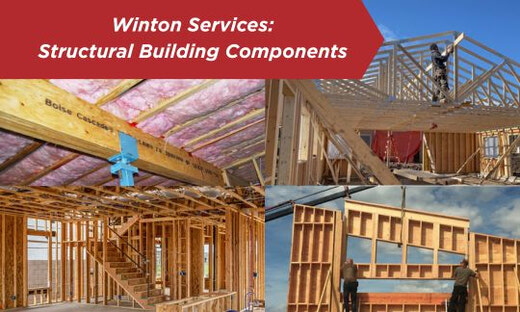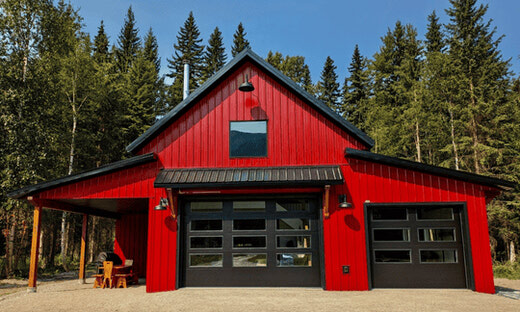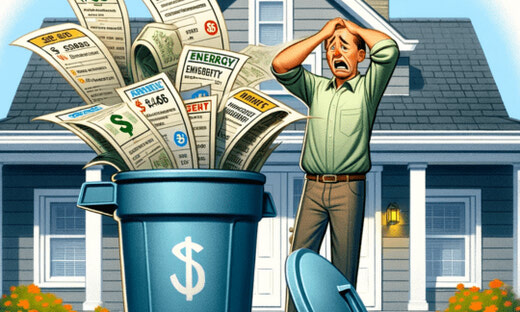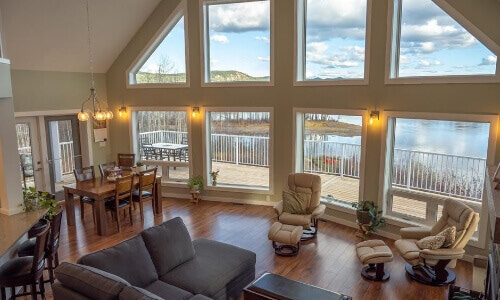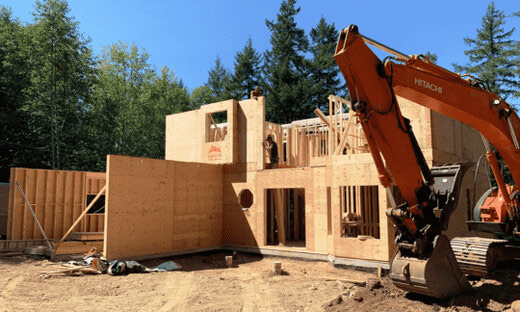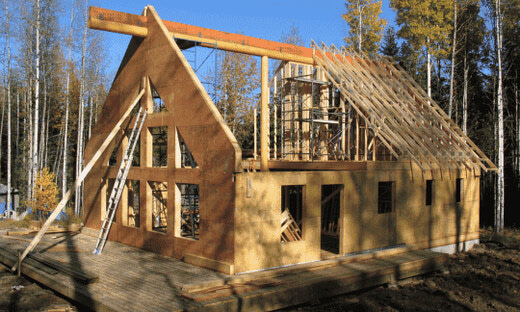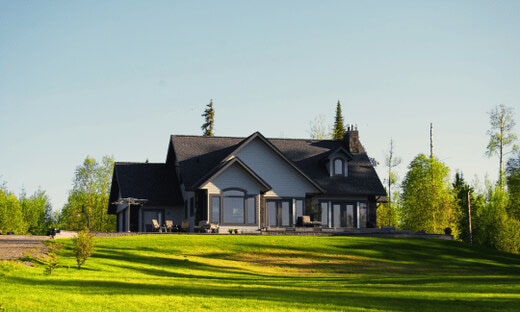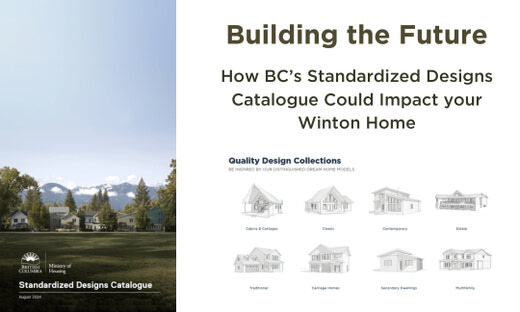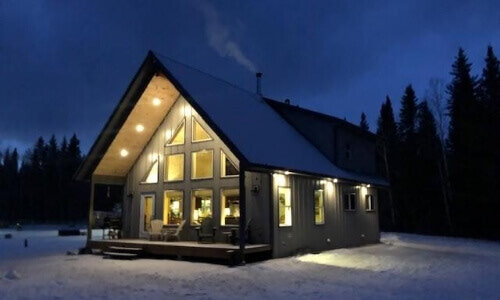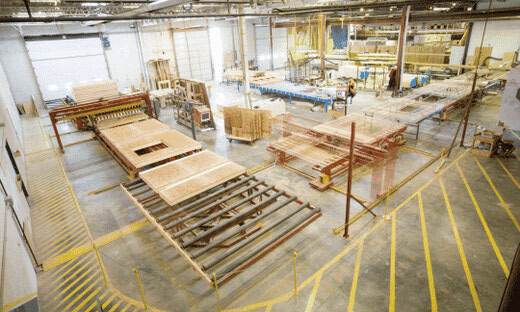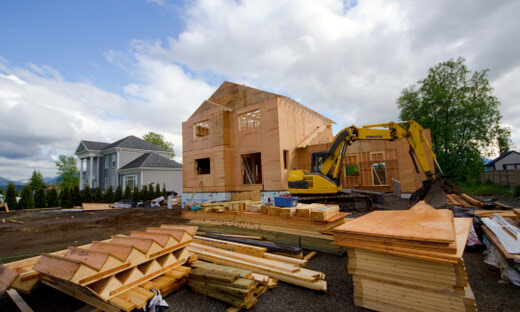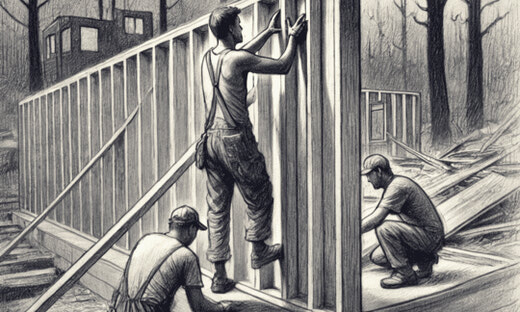When it comes to roofing options, one of the common dilemmas homeowners face is choosing between traditional shingles and modern metal roofing. While both options have their merits, it's essential to consider their environmental impacts to make an informed decision for your home.
Shingled Roofing: Conventional and Cost-Effective
Shingled roofs, particularly architectural shingles, are a familiar sight in most residential neighborhoods. They offer a conventional and cost-effective choice for homeowners. However, it's crucial to acknowledge their environmental limitations.
Shingles are generally less expensive and suitable for roofs with pitches ranging from 4/12 to 12/12. But here's the catch – they're not typically recommended for pitches outside this range, and meeting rural fire resistance requirements often demands specific products and applications.
The environmental impact of shingle roofing comes into play due to its shorter lifespan. Shingles require more frequent replacements, leading to increased waste in landfills. Moreover, their energy efficiency may not match that of metal roofs, potentially leading to higher cooling costs and a larger carbon footprint.
Metal Roofing: Sustainability and Durability
Metal roofing offers a more sustainable and durable alternative. It comes in two profiles: exposed fasteners and hidden fasteners, making it suitable for a variety of applications. Although metal roofing may have a higher upfront cost, it's an investment that lasts the lifetime of the building.
Metal roofing shines in modern contemporary designs and cabin settings. Its durability means you won't need to replace it as often, reducing waste. But here's where it truly stands out: its positive environmental impact.
Environmental Benefits of Metal Roofing
Metal roofing is eco-friendly in several ways:
- Recyclability: At the end of its lifespan, metal roofing can be recycled, reducing the burden on landfills.
- Energy Efficiency: Metal roofs reflect solar heat, reducing the need for air conditioning and lowering energy consumption.
- Fire Resistance: Metal roofs provide a higher level of fire resistance compared to shingles, enhancing overall safety.
Environmental Impact of Shingle Roofing
In contrast, shingle roofing presents environmental concerns:
- Shorter Lifespan: Shingles require more frequent replacements, leading to higher waste generation.
- Energy Efficiency: Shingles may not offer the same level of energy efficiency as metal roofs, potentially contributing to higher carbon emissions.
- Fire Resistance: Meeting rural fire resistance standards often requires specific shingle products and applications, potentially increasing environmental impact.
Make an Informed and Eco-Conscious Choice
When deciding between shingle and metal roofing, it's essential to consider not only cost and aesthetics but also the long-term environmental impact. While shingles may seem conventional and cost-effective, metal roofing offers a more sustainable and durable solution that benefits both your home and the environment.
By making an environmentally conscious choice for your roofing, you can contribute to a greener future while enjoying the lasting benefits of a durable, energy-efficient, and fire-resistant roof.
Make the choice that aligns with your values and helps create a sustainable home for generations to come.
